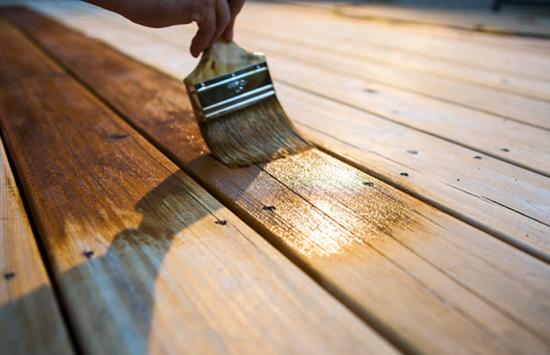Timber may decay and perish faster as it is an organic material. Having said that, with time, several processes have been acquired for preserving timber from internal decay, moisture, insect attacks, and dry rot before shipping. Some of the top conditions that allow timber to decay faster include:
●
Moist state: This initiates the
expansion of small insects and plants on wood tissue.
●
Fungi attacks:
White rot, brown rot, mold, and blue stain attacks the cell wall of wood tissue
for their growth and destroys it.
However, processes like charring, tarring, creosoting, and
impregnating work towards keeping the timber dry and safe for a longer
time.
Why Opt for Timber
Preservation?
Preservation treatments aim to ensure the long-lasting and
enduring life of the timber. Preservatives are chemical compounds injected into
the timber to turn it poisonous for fungi and insects without affecting its
structural integrity.
Some of the most common types of timber preservatives are:
●
Chemical Salt:
These are water-based preservatives that include sodium fluoride, copper
sulphate, mercury chloride, and zinc chloride. These non-inflammable and
odourless salts are applied on the surface of the timber for the best effect.
●
Coal Tar: This process involves
coating timber surfaces with hot coal tar with a brush. It has an unpleasant
odour which makes the timber ill-suitable for painting. However, timber going
through this preservation process is adopted for framing windows and doors,
among others.
●
Solignum Paints:
These keep the highly toxic white ants away while preserving the timber. These
paints are mixed with colour pigments & applied on the timber with the help
of a painting brush.
●
AsCuTreatment:
This also protects timber from white ants. The timber’s surface can be
varnished, polished, and painted with this preservative typically available in
powder form. It can also be found as a water-based preservative that can be
applied on the timber surface by spraying or brushing.
●
Creosote Oil: This
method includes coating creosote oil over timber surfaces to keep away white
ants' attacks. This ensures the double life of the timber normally used for
poles, railways, sleepers, and piles.
Top Timber Preservation
Techniques
Based on the preservative type, the various methods of
preservation include:
●
Brushing: Preservatives are
applied with the help of a brush on the surface.
●
Charring: The
charred surface is kept wet for half an hour, burnt up to 15mm over a wood
fire, and then turned down with water. The surface turns into coal, and
layering this process preserves the timber from white ants and fungi.
●
Fireproofing of timber: Though
timber cannot be completely fireproof, soaking it in ammonium chloride,
phosphate, zinc chloride, and sodium arsenate; spraying sodium silicate,
potassium silicate, and ammonia phosphate recount fire-resistant properties.
●
Hot & cold open tank treatment: Timber is drowned in a tank of preservative solution and heated
for an hour at 85°C to 95°C. It also allows cooling down in the same tank. This
process is followed during creosoting.
●
Dipping and steeping: Timber
is dipped and soaked into the preservative solution in this process.
●
Spraying: This
process is performed with the help of a pistol used for spraying the solution
on the timber surface under pressure.
Timber Exchange is a trusted supply
chain automation platform for global trade
management in the forestry industry. We offer automated processes for
logistics, documentation, and trade while maintaining transparency and
compliance for global counterparties.
We accept requests for cargo inspection from importers so
that you can be sure that the timber is preserved and of high quality. Our
assigned inspector will visit the location to verify the quality after the
preservation process and right before the shipment. The inspector will check
each bundle randomly to determine the overall quality of the cargo. We then
prepare a report based on moisture inspection, dimension, and quality of
preserved timber for our customers and send it across within 48 hours of
inspection.
For the best deals and smart trading
processes, visit- https://www.timber.exchange/








No comments:
Post a Comment